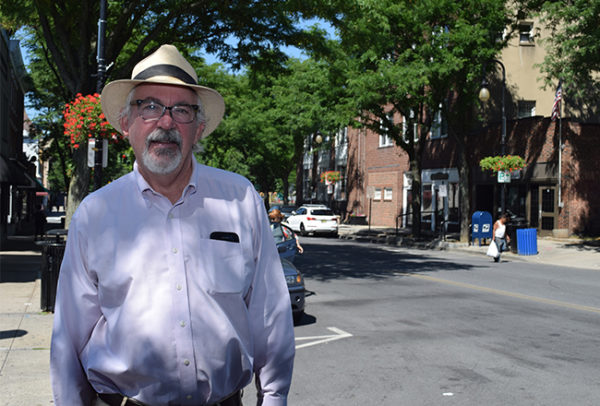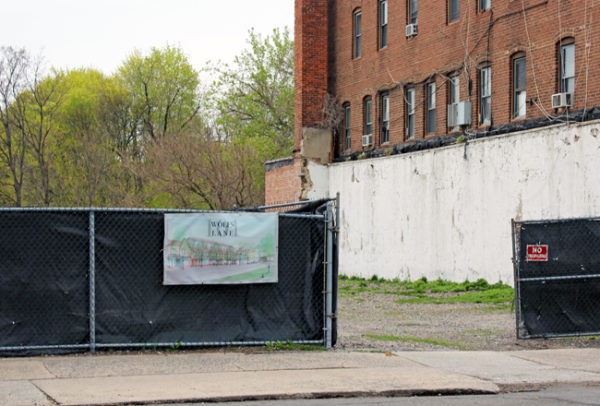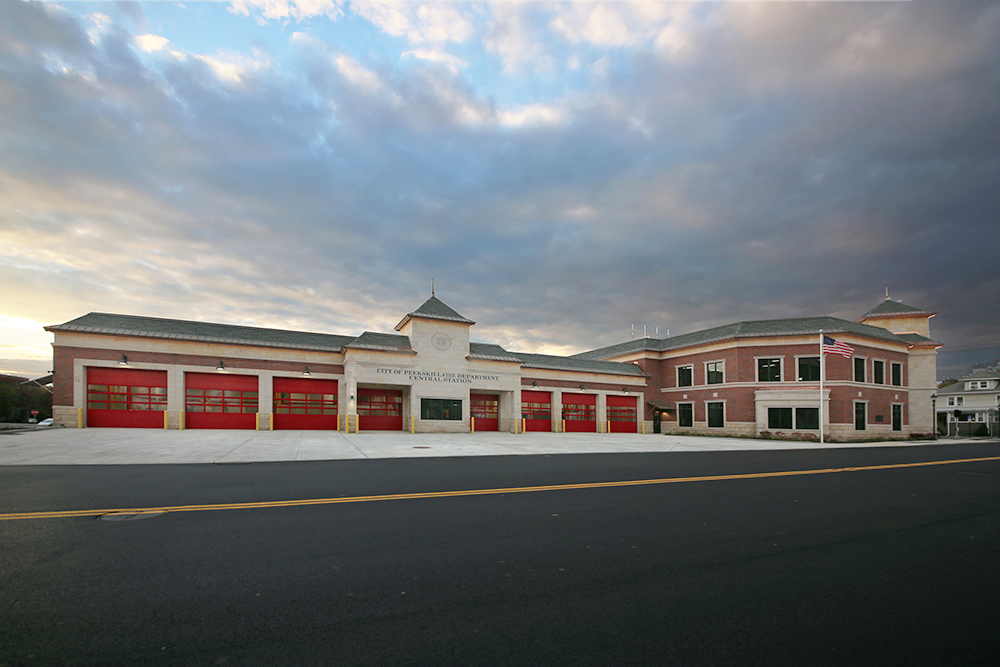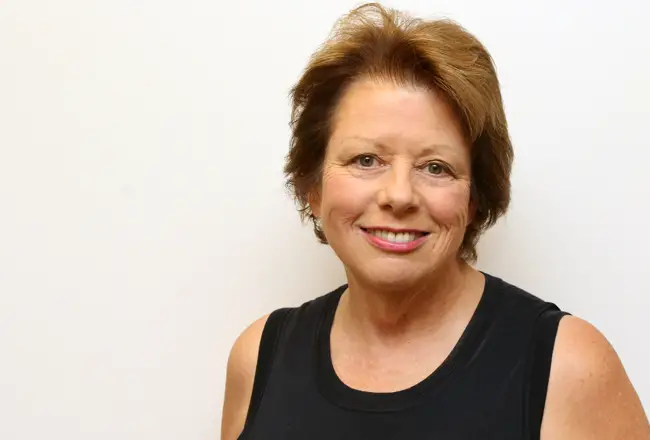The Hudson Valley region will receive $87.1 million in state grant funding for economic development projects, just under $16 million of which will benefit proposals in Westchester County.
The money is part of more than $763 million in economic and community development grant funding awarded through the eighth round of the Regional Economic Development Council initiative. Gov. Andrew M. Cuomo established the councils in 2011, which compete as 10 designated regions for grants distributed by Empire State Development, the state”™s chief economic development agency.
The big winners in Westchester include a planned expansion for the Greyston Foundation in Yonkers, a mixed-use apartment proposal in Pelham and a plan for a new public space near Sleepy Hollow”™s waterfront.
The Mid-Hudson Regional Economic Development Council was named a “top performer” and received the second most money among all regions. The funds will support 122 projects, 23 of which are in Westchester. Business Council of Westchester President and CEO Marsha Gordon, Executive Committee of the Mid-Hudson Regional Economic Development Council a member of the executive committee for the region’s council, noted the country received $10.7 million more this year than last. “These and other grants are vital to the economic strength of Westchester County,” Gordon wrote in an email update to BCW members.
Sleepy Hollow public officials celebrated the state”™s award of $1.58 million toward its Sleepy Hollow Commons project. The village plans to clean up a 28-acre village-owned parcel on the east side of the property that served for decades as part of a manufacturing plant for General Motors. The land would be converted into a community center with an outdoor amphitheater, recreational facilities, green space and a bridge over Metro-North Railroad tracks to better connect the central village to the waterfront. The project coincides with the massive Edge-on-Hudson redevelopment of the rest of the nearly 100-acre former GM property. The estimated billion-dollar development, led by Diversified Realty and SunCal, will include a mix housing, offices, retail space and a hotel.
Following the state announcement, Sleepy Hollow Village Mayor Ken Wray said the first phase of the project, mostly site work, is set to be complete by summer 2019.
Wray’s statement added a quote from Thomas Edison” “”˜Vision without execution is hallucination,”™ so moving from the initial discussion and planning phase to implementation and shovels-in-the-ground is critical for village residents to see we are serious about making Sleepy Hollow Commons a reality.”

A plan from the Greyston Foundation to repair and refurbish its campus at 21-23 Park Ave. in Yonkers received $1.07 million. Greyston, founded in 1982, is best known for its bakery, as well as its innovative open-hiring model.
A private development proposal in Pelham, at 101 Wolfs Lane, received a $1.09 million boost in state grants. The plan, from MatriArch Development, would see two 5-story buildings built with 58 apartments, 4,370 square feet of retail space and 71 indoor parking spaces. The site is about 200 feet from the Pelham Metro-North station.

In July, the Westchester County Industrial Development Agency approved $1.2 million in sales tax exemptions and a $260,000 mortgage tax exemption for the proposal. The funds  the development won Dec. 18 are from the New York State Energy Research and Development Authority. NYSERDA provides incentives for projects that produce as much energy as they consume. The 101 Wolfs Lane development will feature an energy-efficient design and install renewable energy systems to reach what the state calls “net zero” energy performance.
Here”™s the full list of winning projects and the description provided by the state:
”¢ Bre & Co., $480,000 for a plan to “implement an entrepreneurial hub within a larger arts and maker campus, creating new technology, arts, and creative jobs along the city of Peekskill waterfront and sparking new commercial vitality in the mid-Hudson Valley.
”¢ City of Rye, $3,964,500 for plan to “improve its sewer system by replacing 500 linear feet of sewer along Midland Avenue, lining 350 feet of sewer along Highland Road, replacing sewer main and force main from the Brevoort Lane Pump Station, constructing a new pump station, and repairing other sewer lines and manholes in identified areas. This project will reduce the amount of untreated wastewater entering the Long Island Sound during storm events.
”¢ City of Yonkers, $1,250,000 for “the continued daylighting of the Saw Mill River and to install porous pavement, bioretention and street trees along an adjacent city street.
”¢ Greyston Bakery Inc., $50,500 to “provide existing employee training in various operational areas including: lean manufacturing, supervision/ management and customer service.”
”¢ Jacob Burns Film Center, $506,500 to “carry out capital improvements to the original footprint of the historic cinema complex. As an economic and cultural anchor, these upgrades allow the theater to maintain a competitive edge and provide employment for 150 people.

”¢ Lyndhurst, $87,000 to “launch a comprehensive marketing plan to promote the state-funded restoration of its historic lower landscape. Opening events will highlight philanthropist Helen Gould and Madam C.J. Walker’s efforts to empower immigrant women and women of color with economic independence in the early 20th century.”
”¢ National Trust for Historic Preservation, $35,000 to the Lyndhurst operator to “open its historic natatorium for a public art installation by contemporary artist Jorge Otero-Pailos, who will create an enormous latex cast of accumulated dust from the surface of the decaying swimming pool and suspend it from the ceiling of the pool building”™s cavernous interior.”
”¢ Peekskill Facilities Development Corp., $300,000 to “assist in the renovation of mixed-use properties in Peekskill’s downtown area.”
”¢ Regent Mount Vernon Laundry, $250,000 to “upgrade their existing industrial laundry facility with the installation of a co-generation/CHP system. The CHP (combined heat and power) system will allow for added energy usage efficiency by increasing heat recapture with electricity production, thereby cutting operational costs in utilities expenditures.
”¢ Rye Town Park Commission, $300,000 to “upgrade the Rye Town Park and Orchard Beach complex so that the beach access ramps and gates as well as parking will be made ADA compliant. The pathway from the bath house to the promenade as well as the interior of the bath house, the restrooms and the park offices serving the public, will be modified and constructed to be fully accessible.”
”¢ Thompson”™s Cider Mill, $137,000 for an “expansion project will convert a vacant building in the city of Peekskill into a hard cider manufacturing facility, tasting room, and eventually, an event space.”
”¢ Town of Bedford, $1 million to “construct a sewage collection system consisting of six miles of sewer main and three sewage pump stations. This project will reduce the amount of nutrients entering the Upper New Croton Reservoir, a drinking water supply for New York City.”
”¢ Town of Cortlandt, $77,500 to “complete a feasibility study of a proposed transit-oriented development district in the hamlet of Montrose in the vicinity of the Cortlandt Metro-North station. The town is looking to transform the area into a mixed-use community generating tax revenue through residential development, retail, recreation and offices uses all within walking distance of the Metro-North train station.”
”¢ Town of Ossining, $100,000 to “complete two Climate Smart Community Certification actions: a comprehensive plan with sustainability elements and a plan for bicycling and walking. The bicycling and walking plan will be a chapter in the comprehensive plan and will build on the very successful Millwood-Ossining Go! Trail Plan.”
”¢ Untermyer Gardens Conservancy, $50,000 to “hire a landscape architect to create design and construction documents for the rehabilitation of the historic pool at Untermyer Park and Gardens as a shallow water-filled reflecting pool. The goal is to leave the existing pool floor and walls in place while the pool is lined and in-filled to a reduced depth, a concrete pad poured, and reproduction mosaic tile installed.”
”¢ Village of Buchanan, $40,000 to “develop a plan for upgrades of the village”™s wastewater facility that will meet all required (state) Department of Environmental Conservation and Westchester Board of Health levels and, once constructed, will attract business to the community.”
”¢ Village of Port Chester, $50,000 to “develop a climate adaptation strategy for sea-level rise along the Byram River, which connects to the Long Island Sound. A large portion of the village lies within the river’s 100-year floodplain; therefore, the focus of the strategy will be on (retrofitting) and flood-proofing of existing structures.”
”¢ Village of Port Chester, $506,000 to “repair or replace 60,000 linear feet of damaged or defective sewer pipes at various locations to correct inflow and infiltration in the village wastewater system. This project will reduce the amount of nitrogen entering Byram River and the Long Island Sound.”
”¢ Village of Port Chester, $980,000 to “transform its waterfront into the Byram River Waterfront Promenade, a multifaceted public space for creativity, collaboration, recreation, and civic engagement. This project will include pedestrian plazas, a pedestrian bridge, a kayak launch and the construction of 140 new boat slips. In addition to infrastructure improvements, the Village is making improvements to sidewalks, pavers, lighting, trees, curbs and traffic calming measures.”
”¢ Village of Sleepy Hollow, $292,487 to “use a mix of green infrastructure and standard stormwater management practices to reduce the pollutants entering Fremont Pond. The project will improve the water quality of the pond and the Hudson River, into which the pond overflows.”
”¢ Village/Town of Mount Kisco, $200,000 to “provide east/west pedestrian access from the Maple Avenue Parking Lot on the west side of the Metro-North Harlem line tracks to the train platform as well as to the South Moger parking lot on the east side of the tracks at the southern end of the train platform.”
”¢ ArtsWestchester, $49,500 for Amanda Browder to “create a monumental quilt-like textile sculpture with help from the residents of Westchester and Rockland counties. The playful temporary public artwork will encircle ArtsWestchester”™s headquarters, a nine-story landmarked building in White Plains.”
”¢ Westchester County, $245,428 to partner with the Bronx River Watershed Alliance and “undertake a collaborative, multijurisdictional planning process to update the Bronx River Intermunicipal Watershed Plan incorporating a climate resilience strategy. The updated plan will identify critical management strategies and recommendations that will lead to a healthier and more resilient watershed for residents and wildlife.”
”¢ Westchester County, $450,000 to “reconstruct the fire damaged 1928 carousel building at the National Historic Landmark Playland Park in Rye. The unique octagonal building with a lamella roof houses the treasured 1915 Grand Carousel, one of only four in existence featuring hand-carved horses and chariots by famed carousel maker Charles Carmel.
”¢ Westchester Land Trust, $475,000 to “acquire a 25.6-acre parcel in the town of Cortlandt where the Indian Brook runs though the property to Indian Brook Reservoir, a drinking water supply for the town and village of Ossining. Protection of this parcel will create a contiguous corridor of protected forest and wetland that serves as a buffer to the Indian Brook Reservoir. The purchase of this property will provide a protective buffer against storm water runoff, which includes phosphorous that could lead to harmful algal blooms.”
”¢ Westchester-Putnam Workforce Development Board, $100,000 to “provide training to individuals seeking employment as Medical Administrative Assistants, Phlebotomy Technicians, and Electrocardiography Technicians.
”¢ Wolf Conservation Center, $253,800 to “build a new education pavilion to promote conservation by teaching about wolves, their relationship to the environment and the human role in protecting their future. The new tourism destination will also offer programs and special events to visitors to the Mid-Hudson Region.”
























